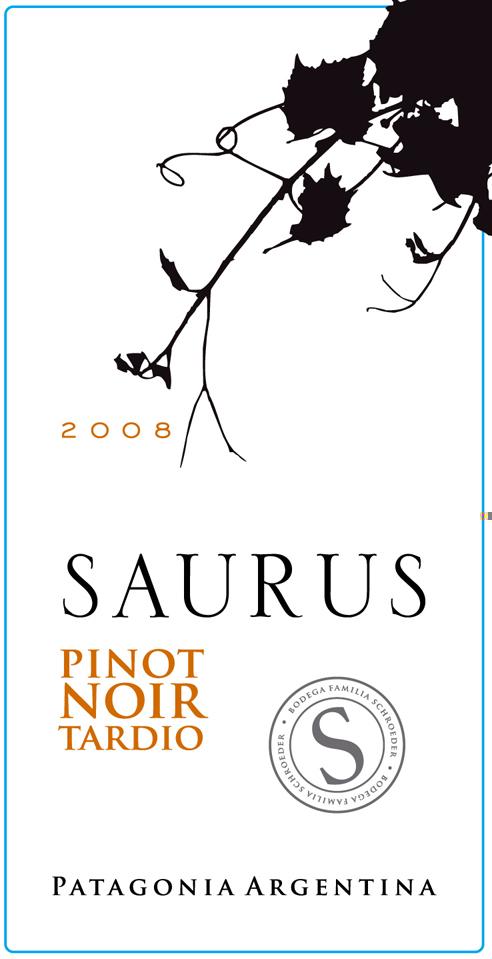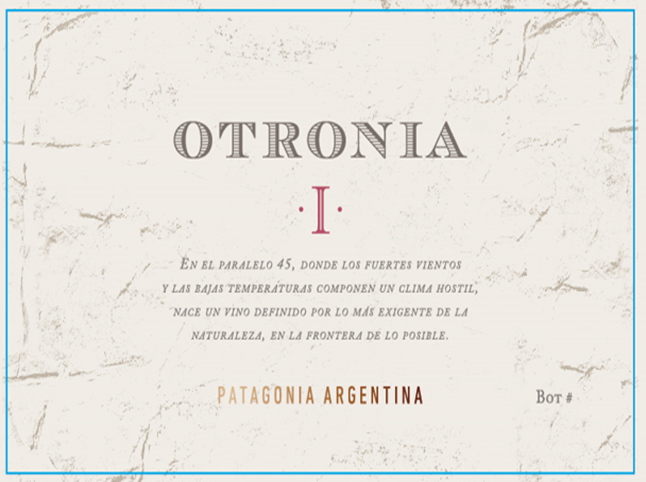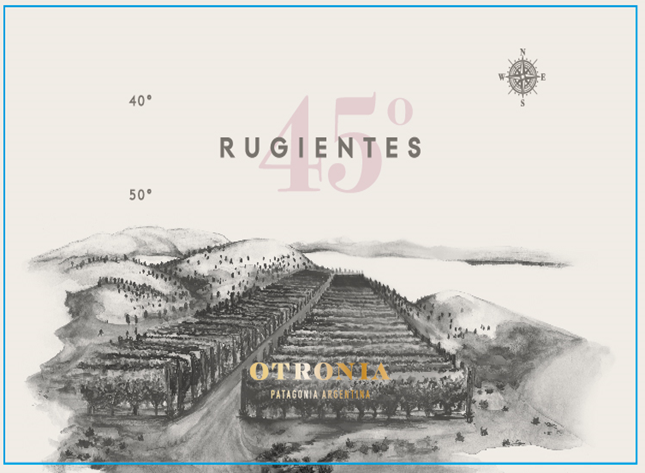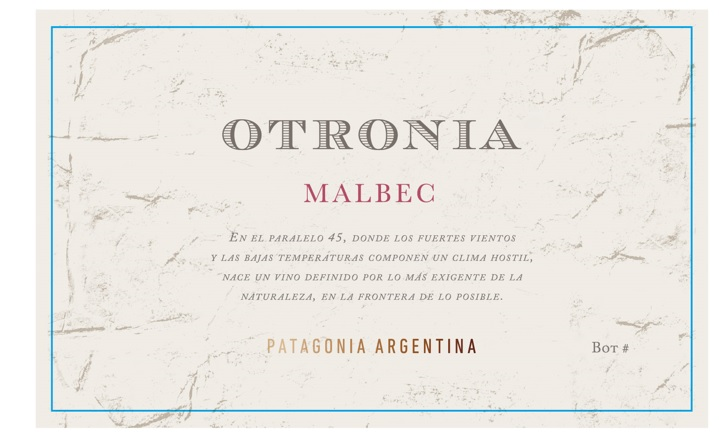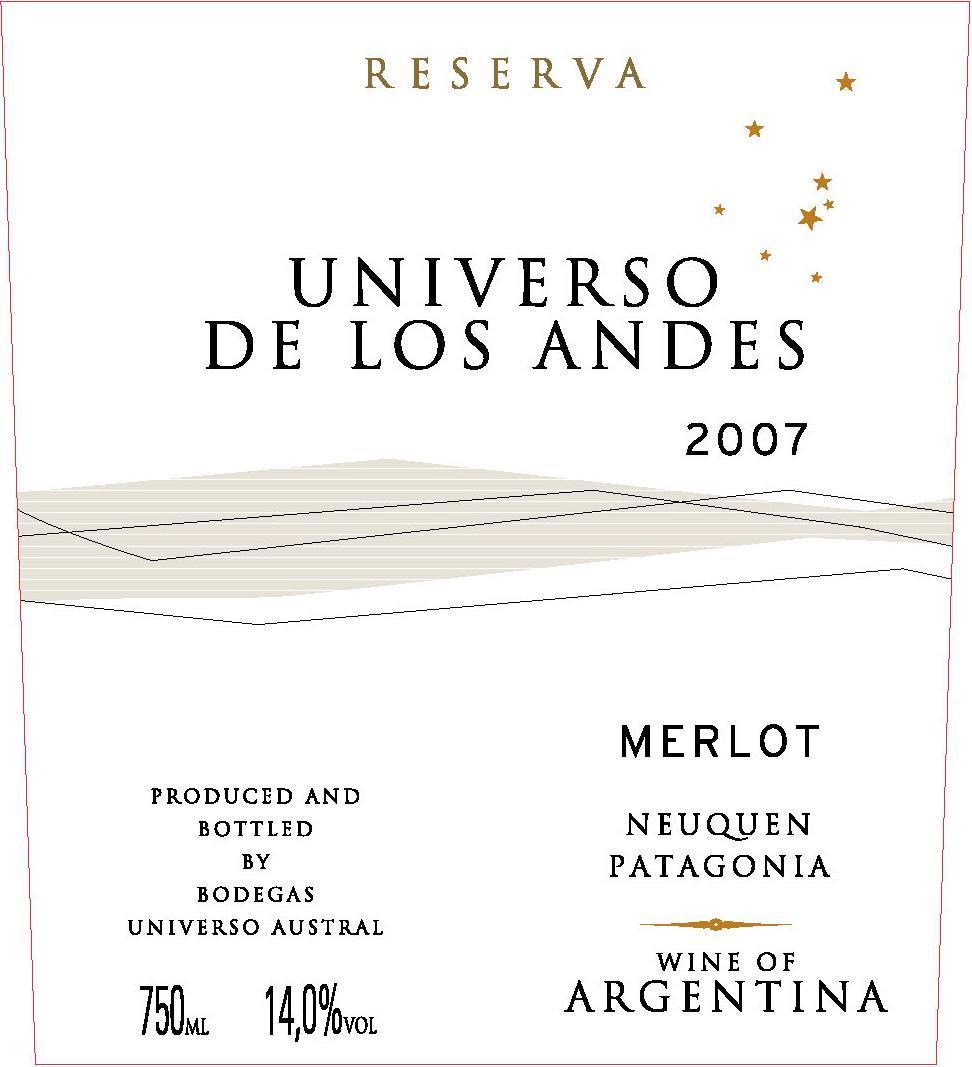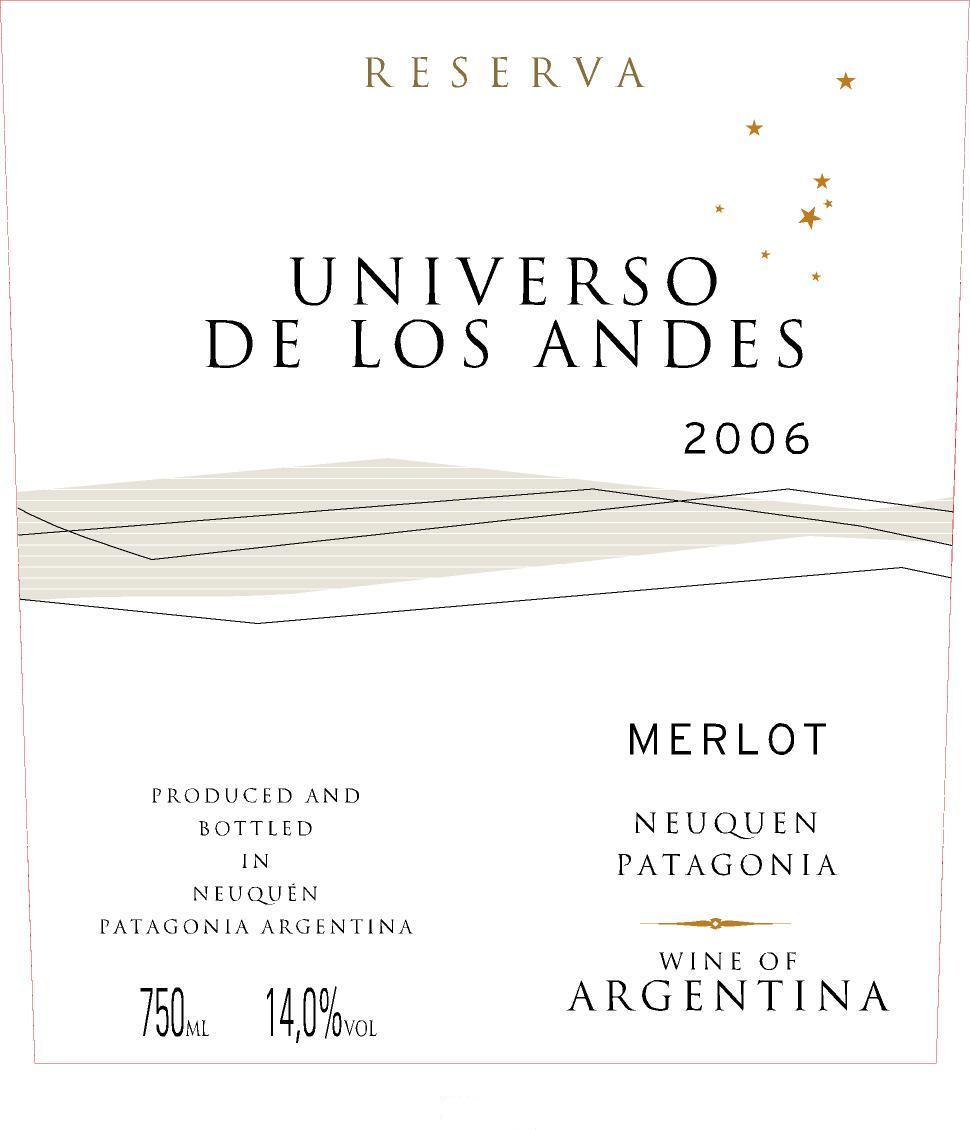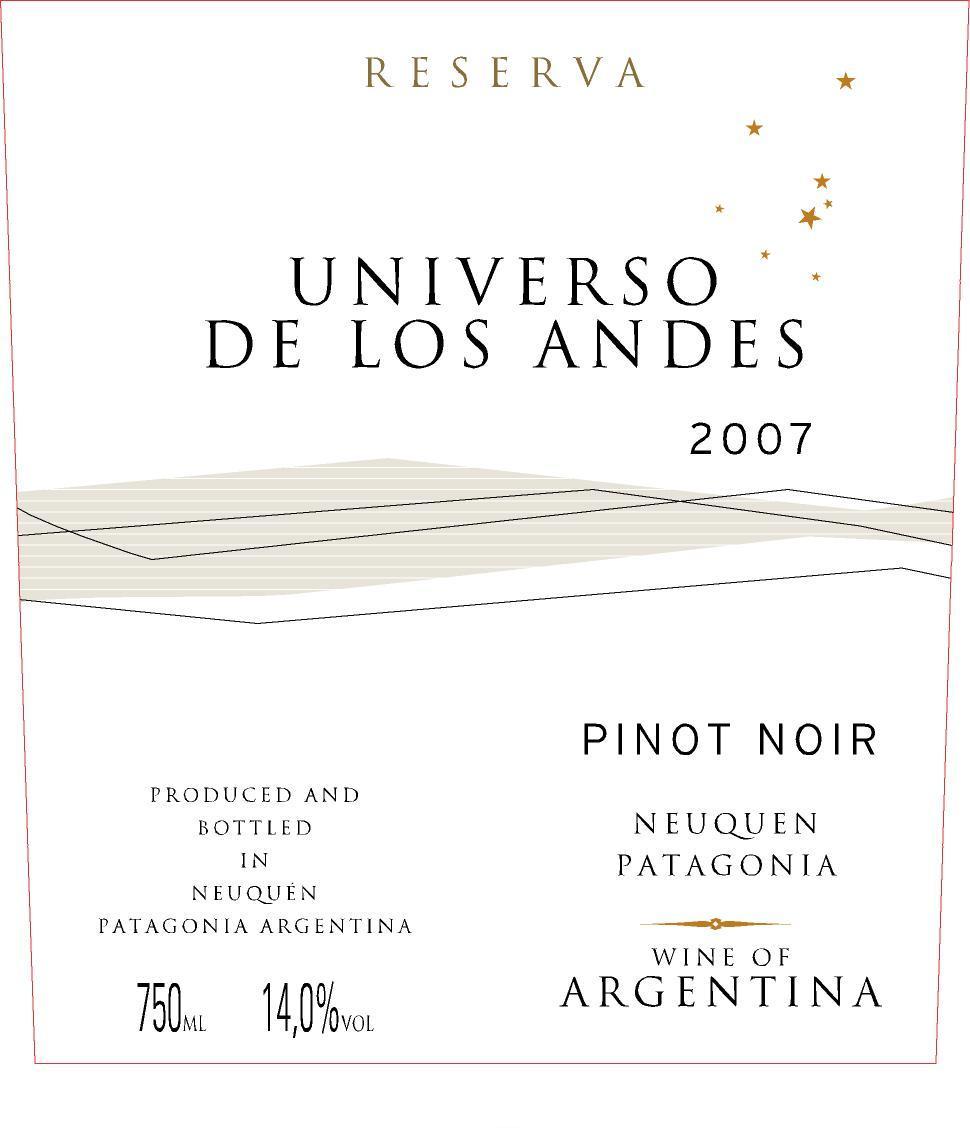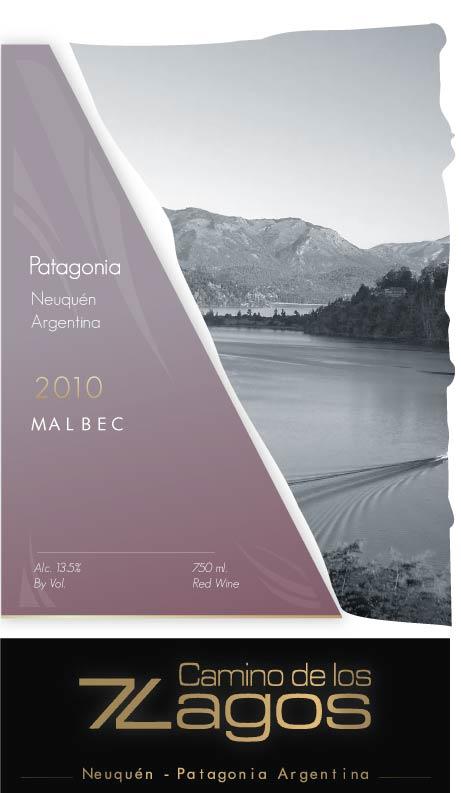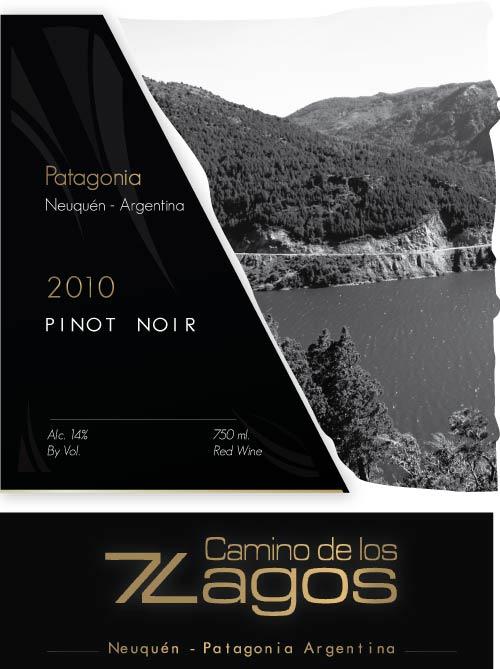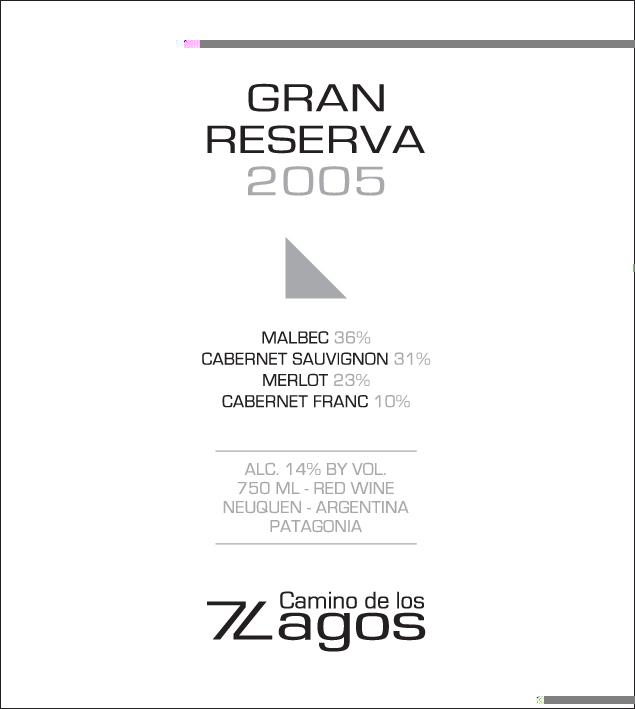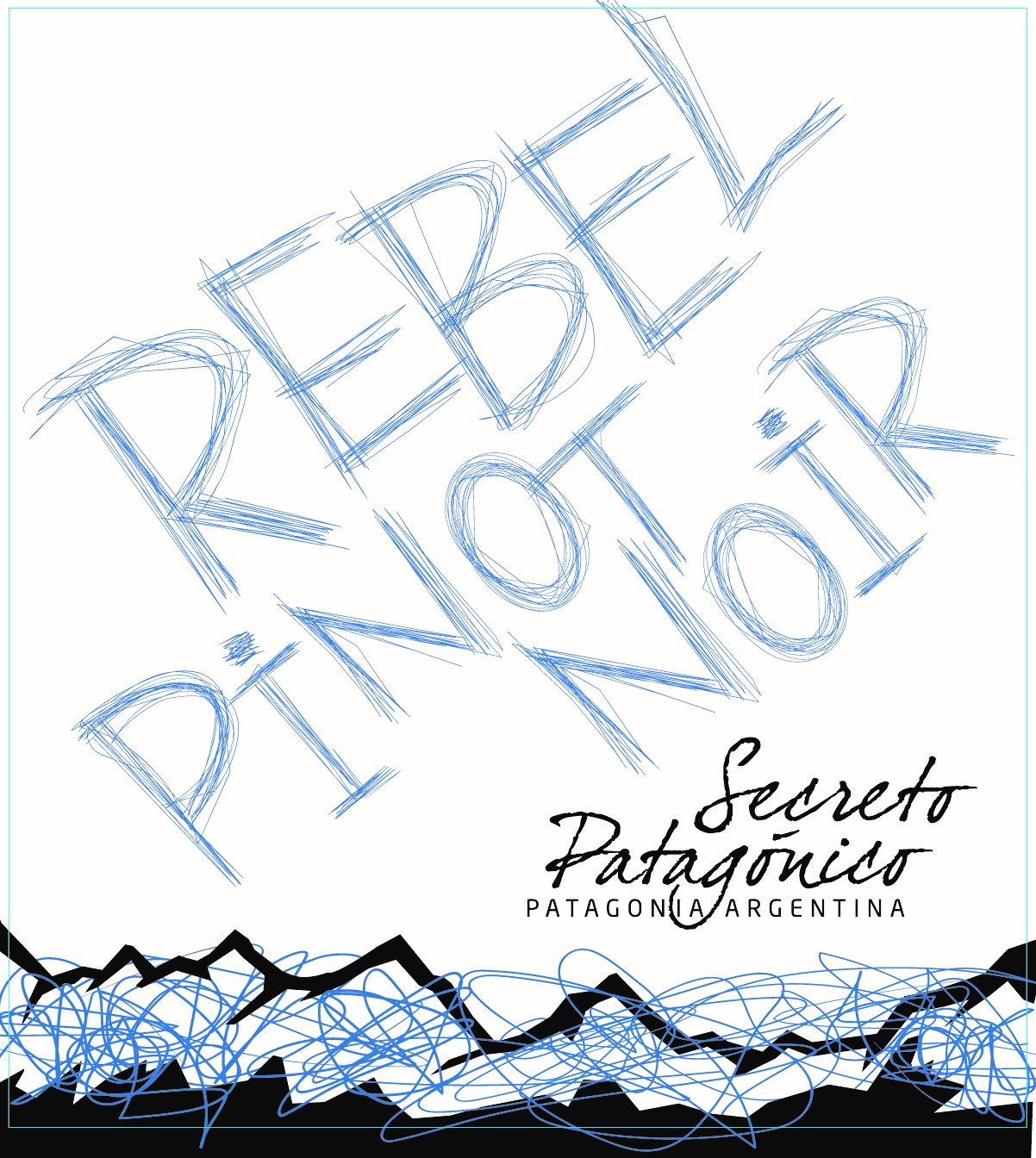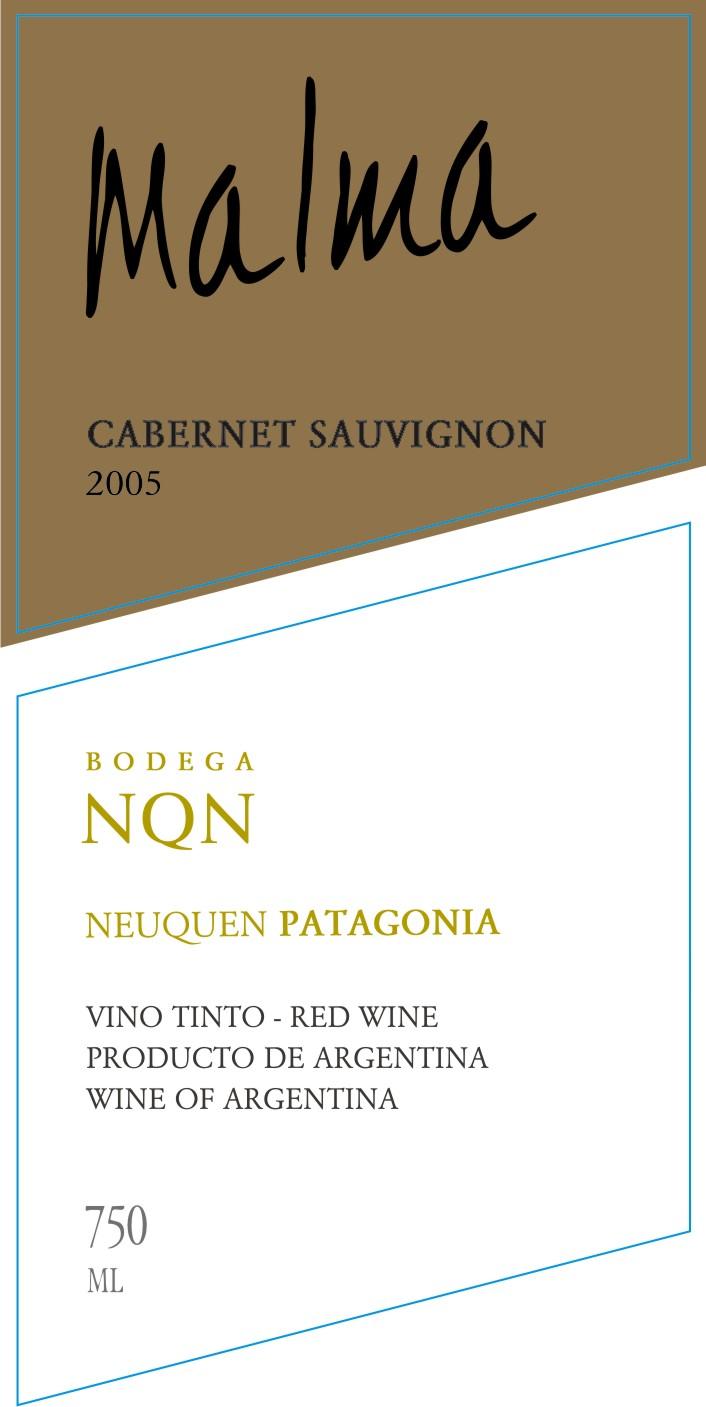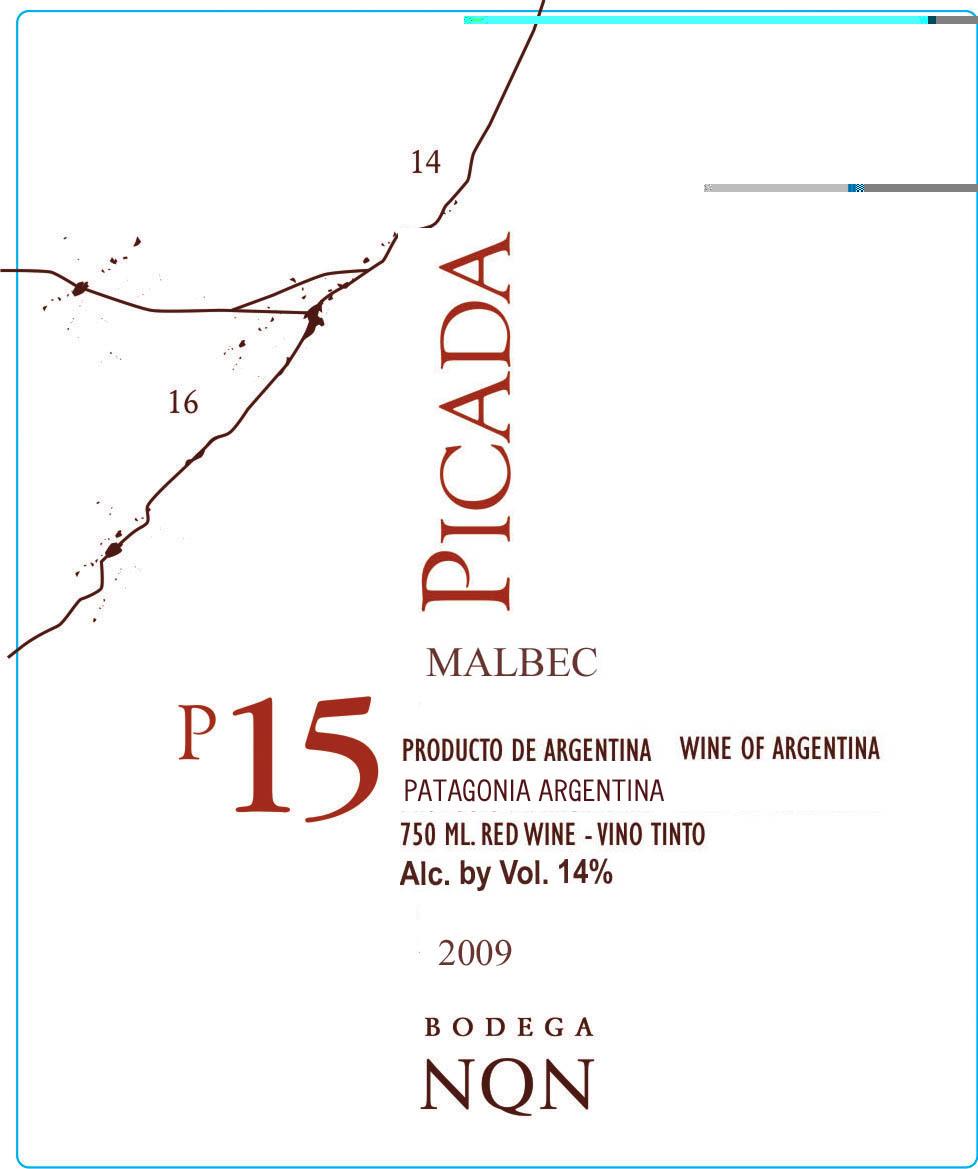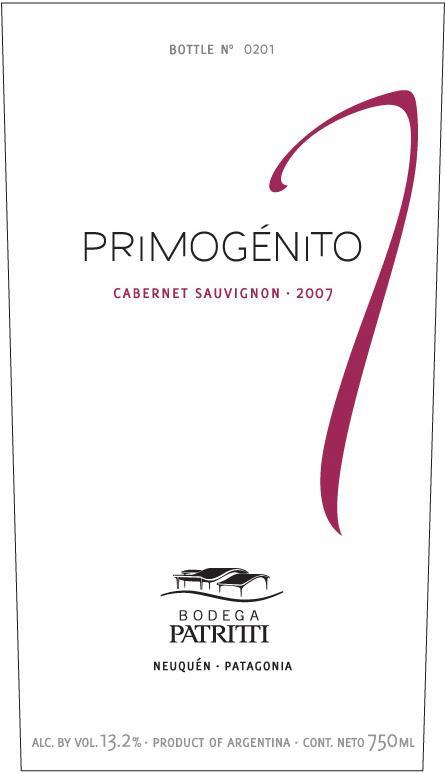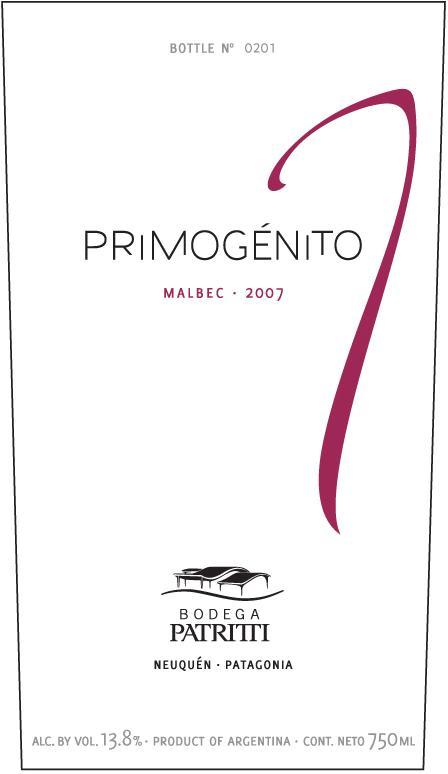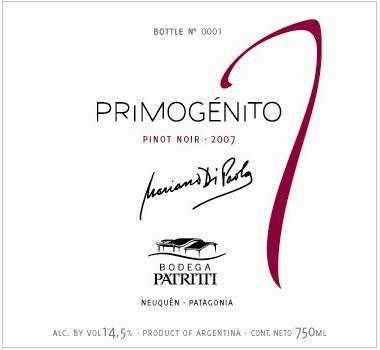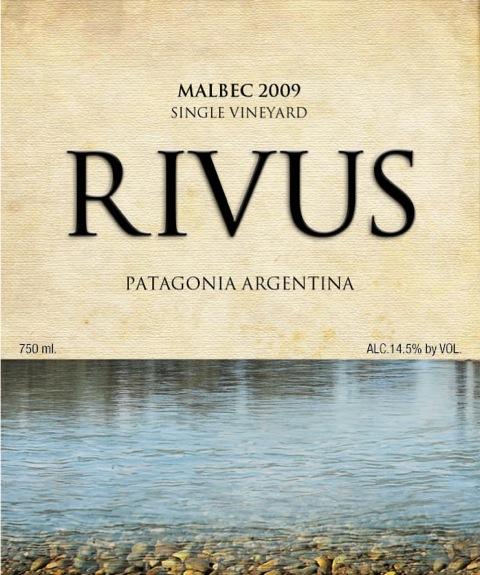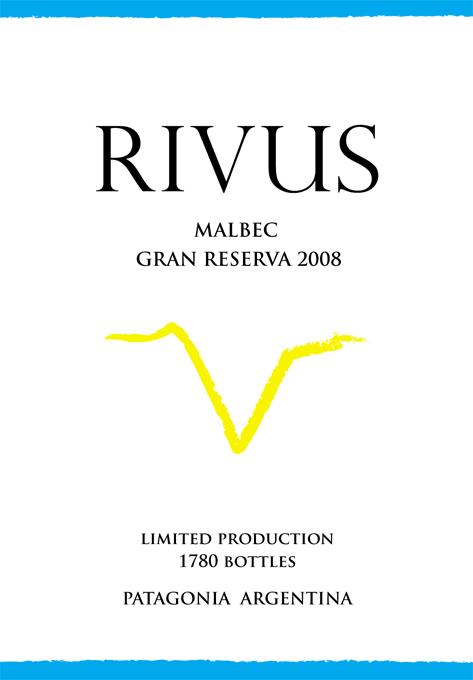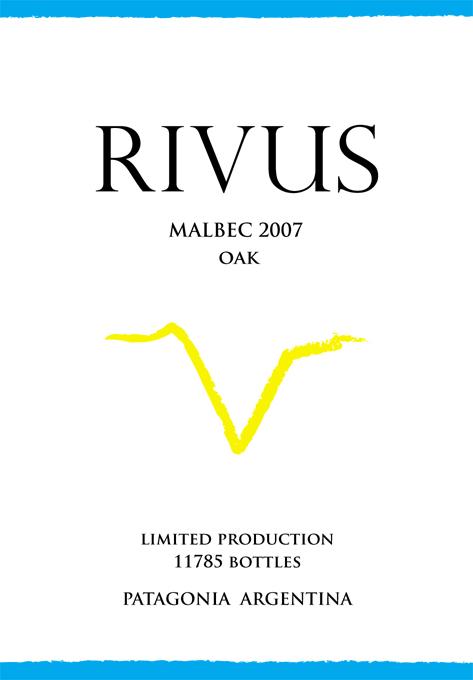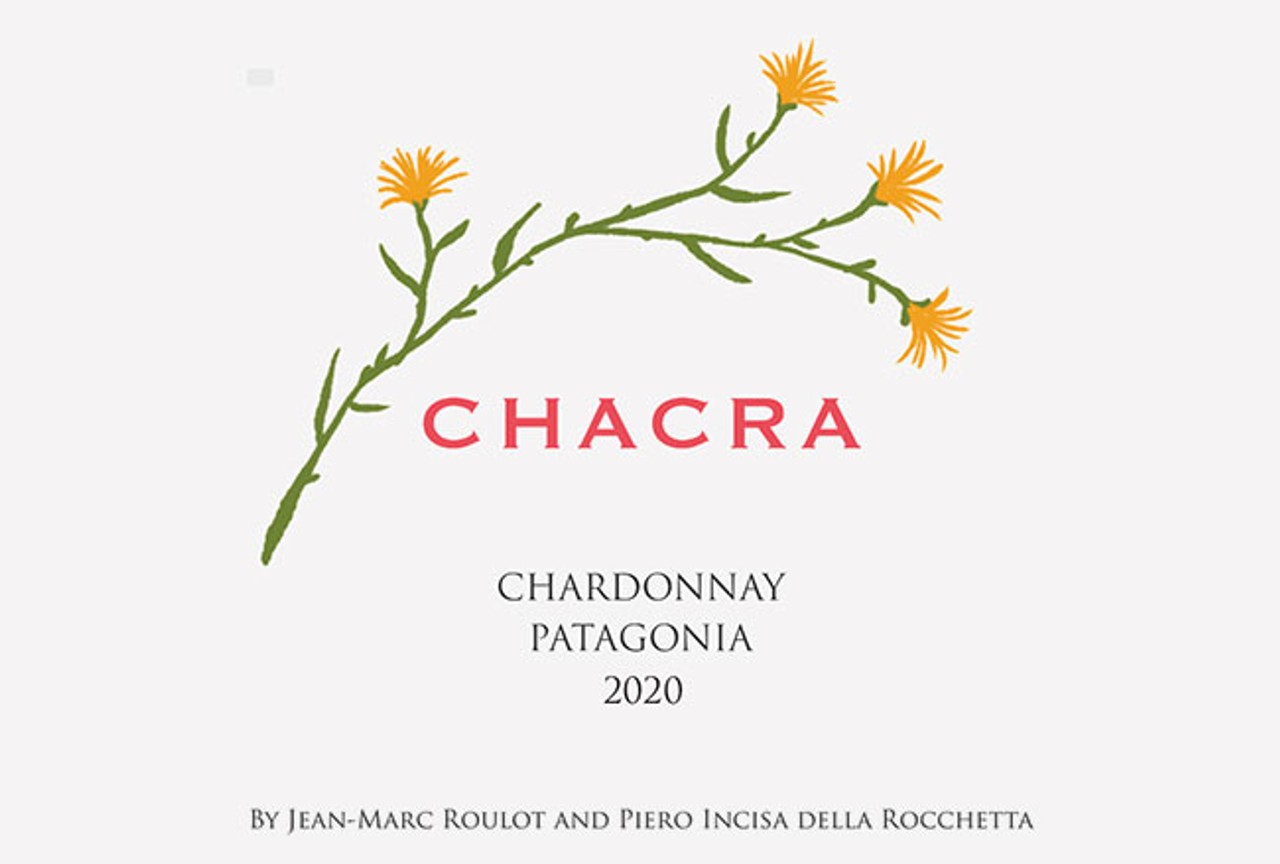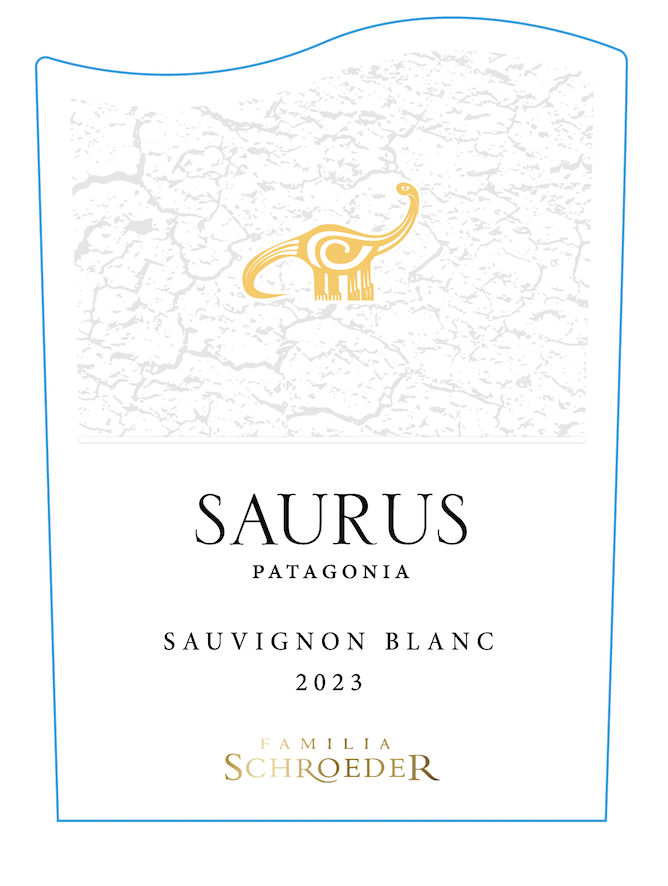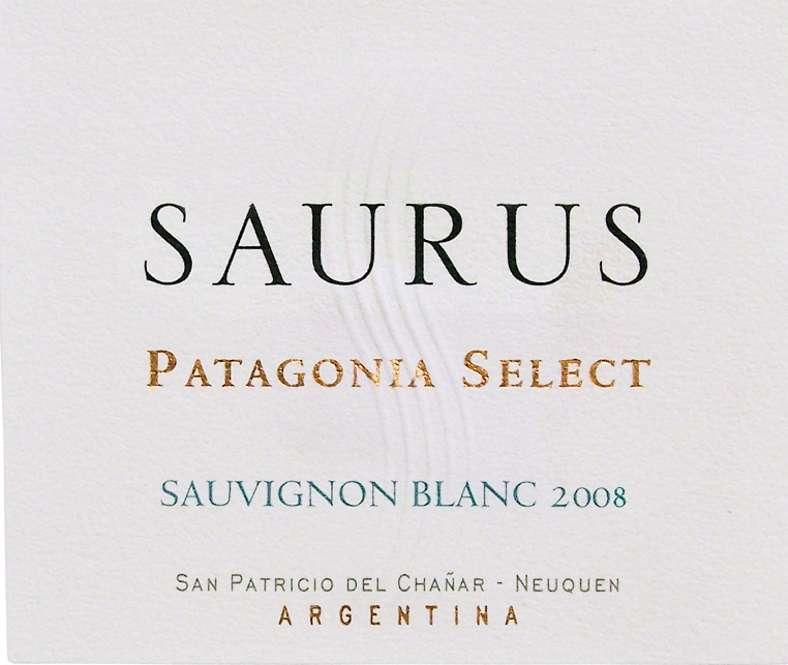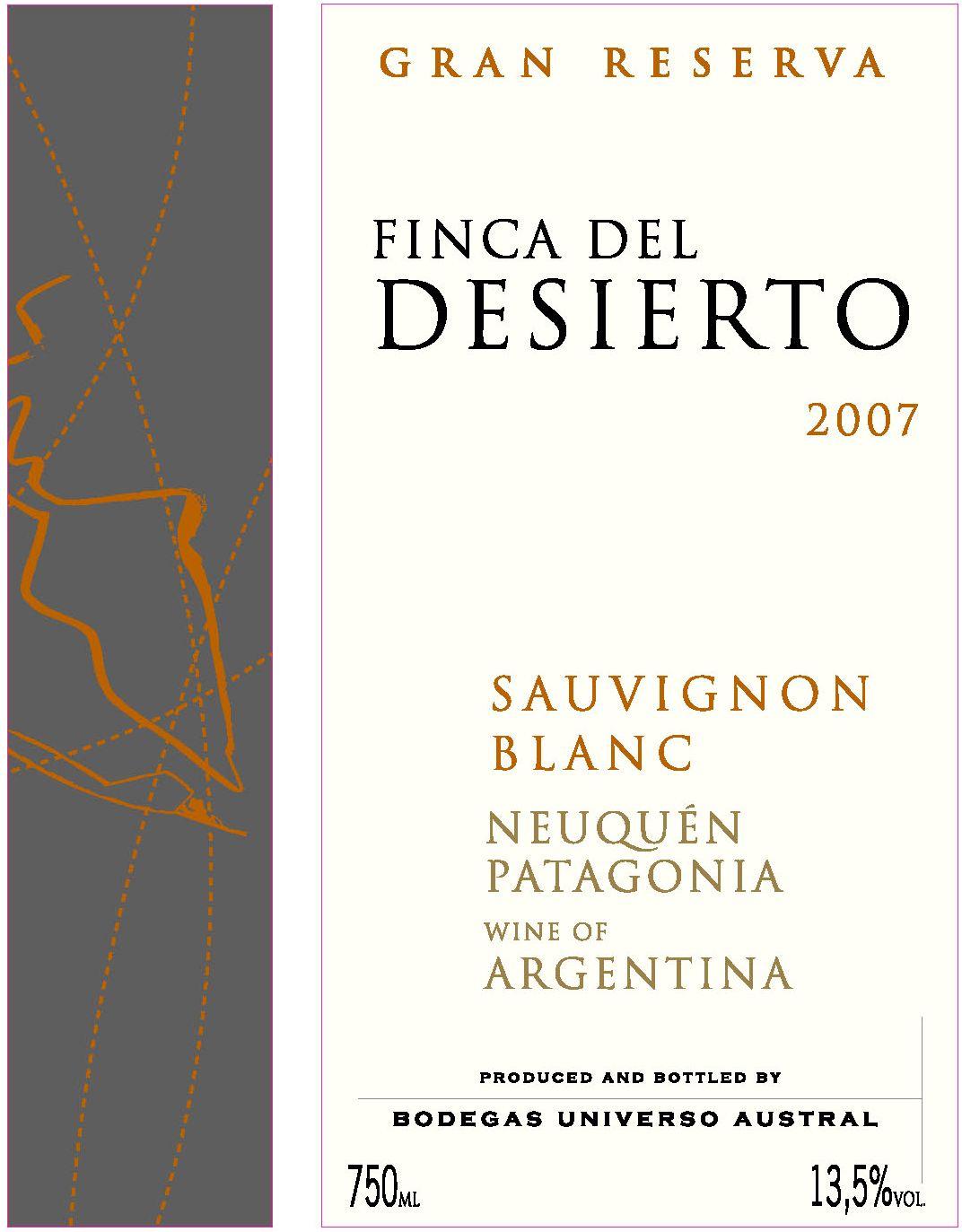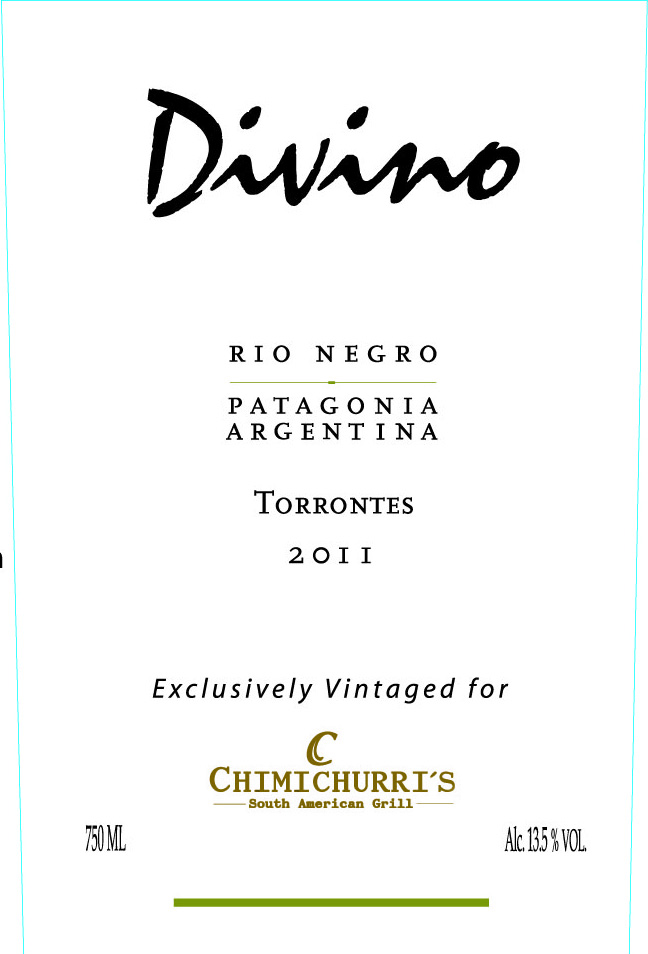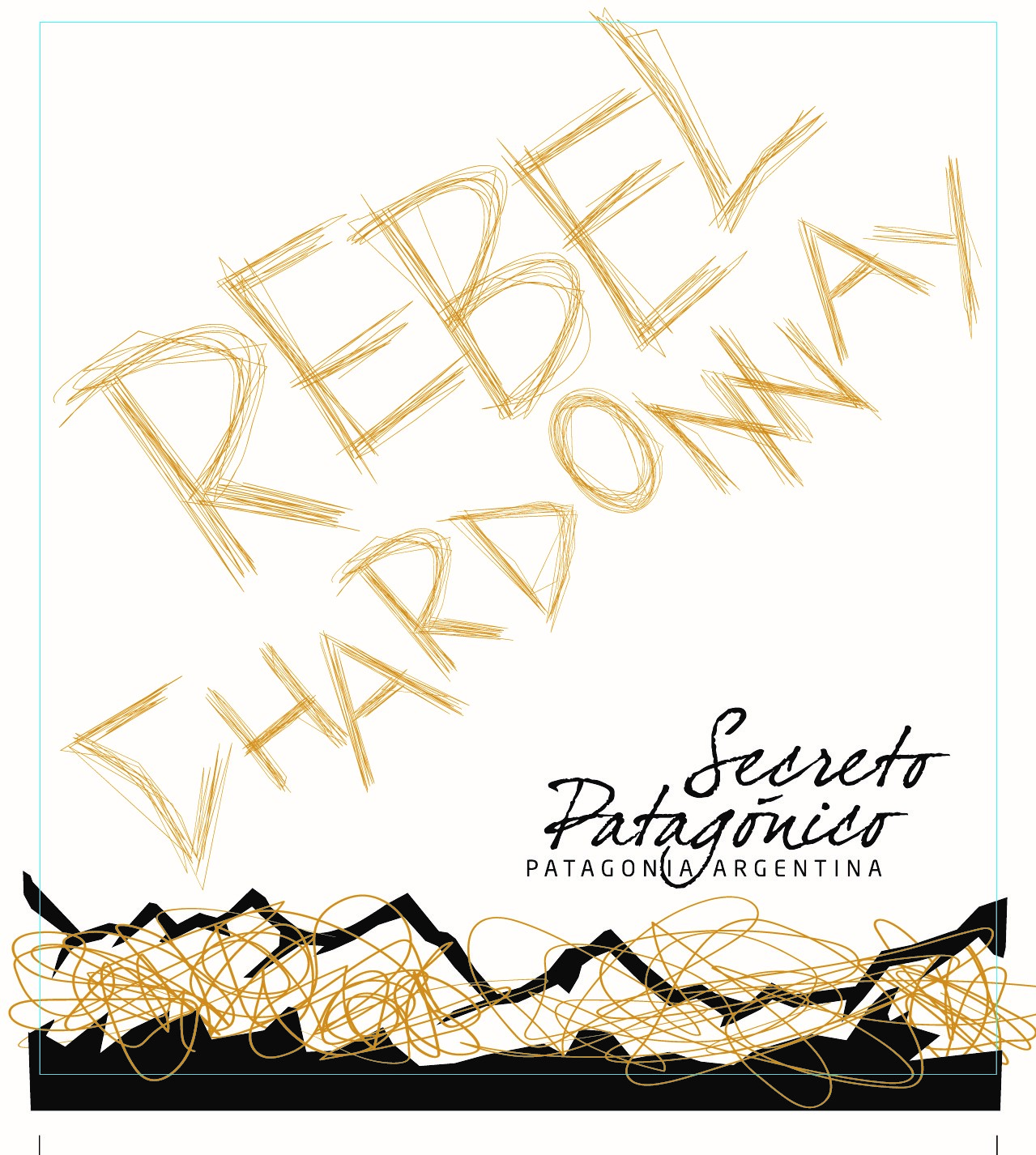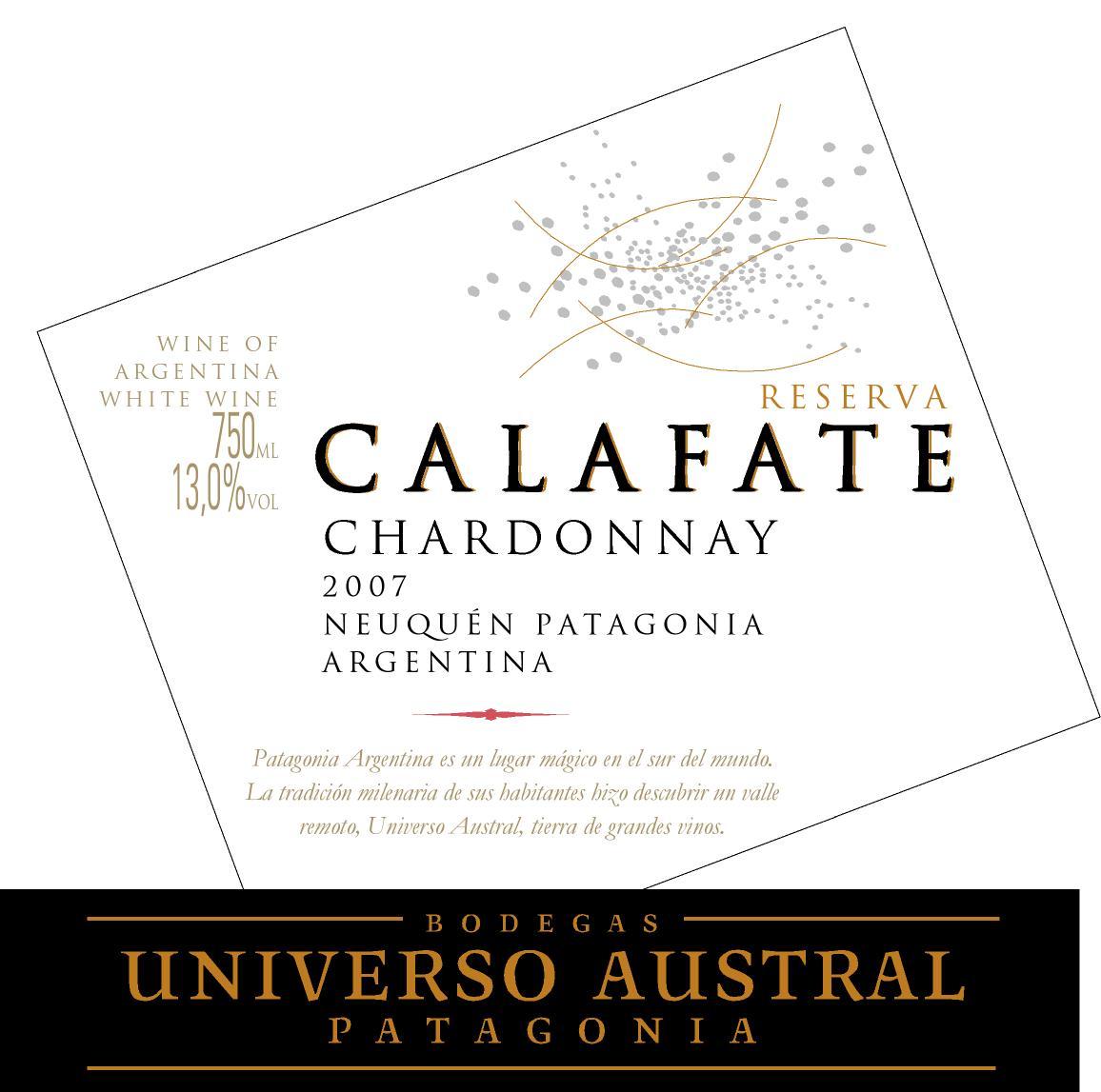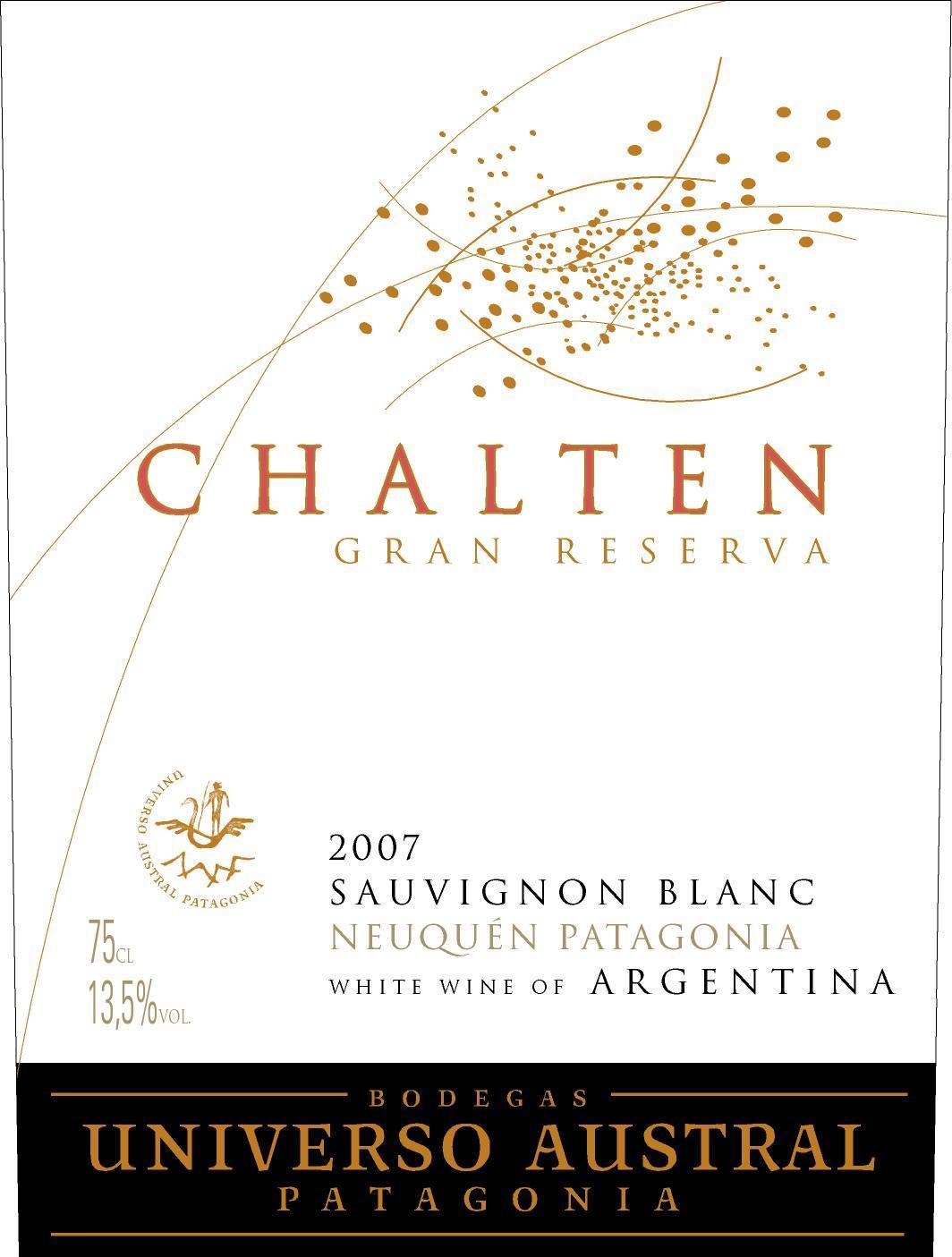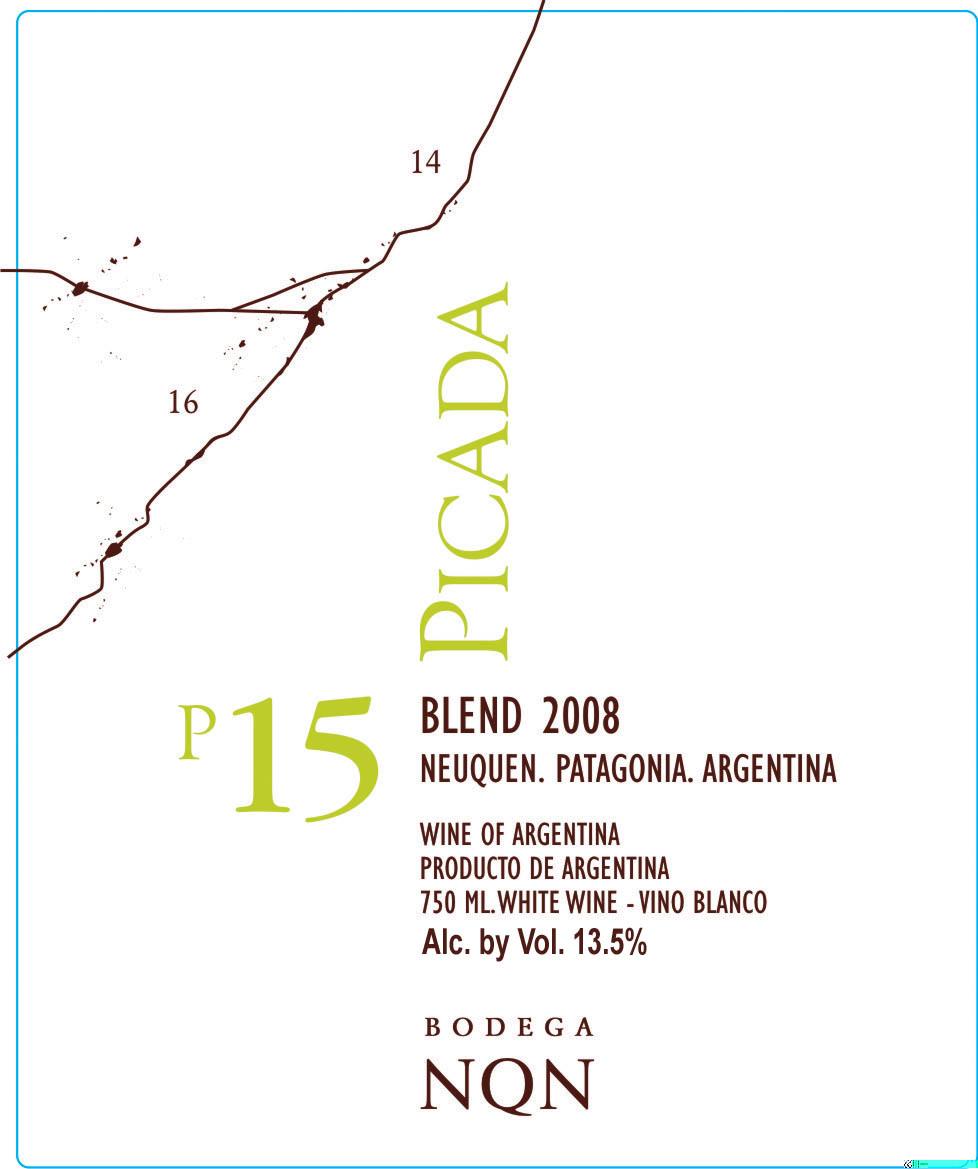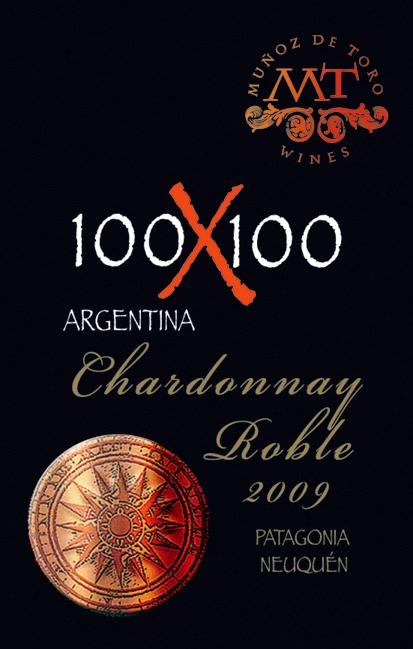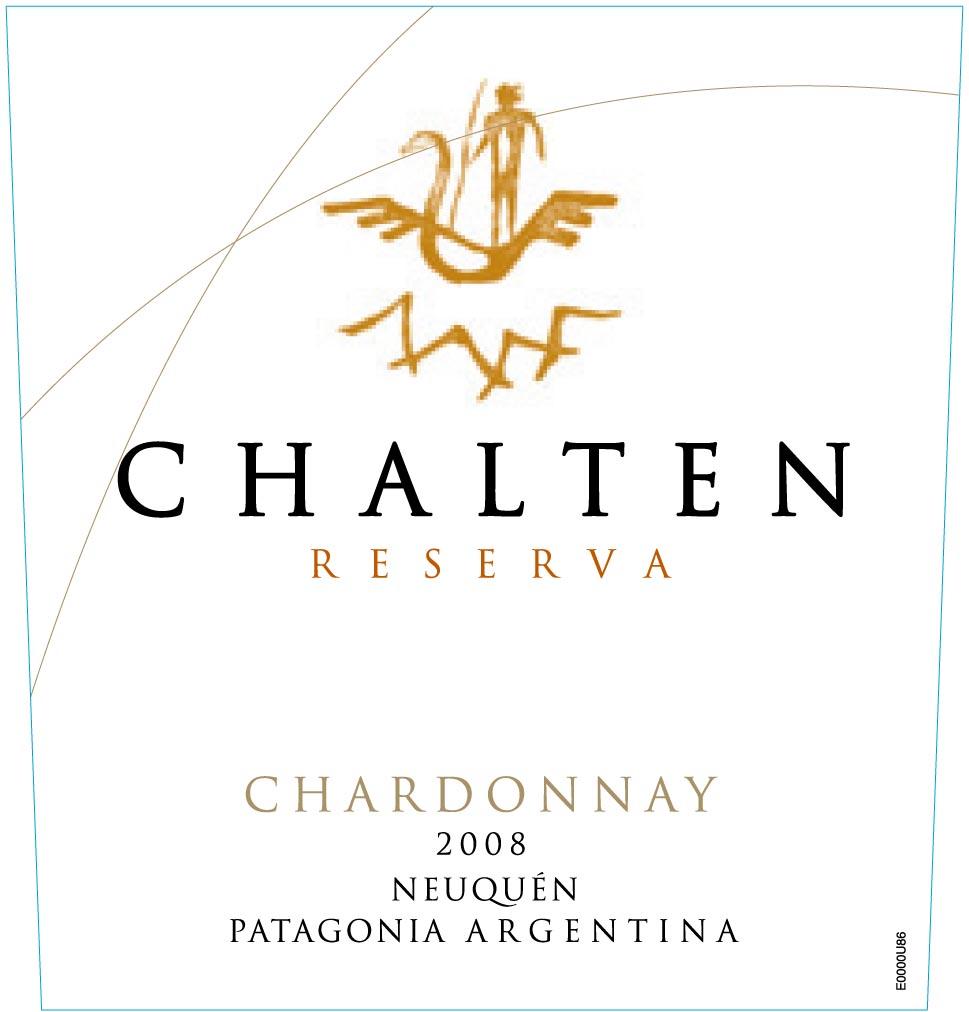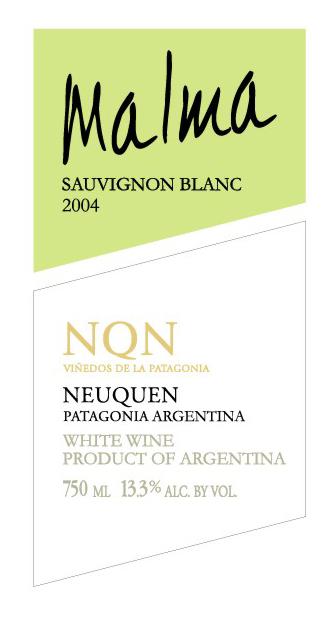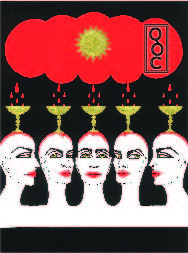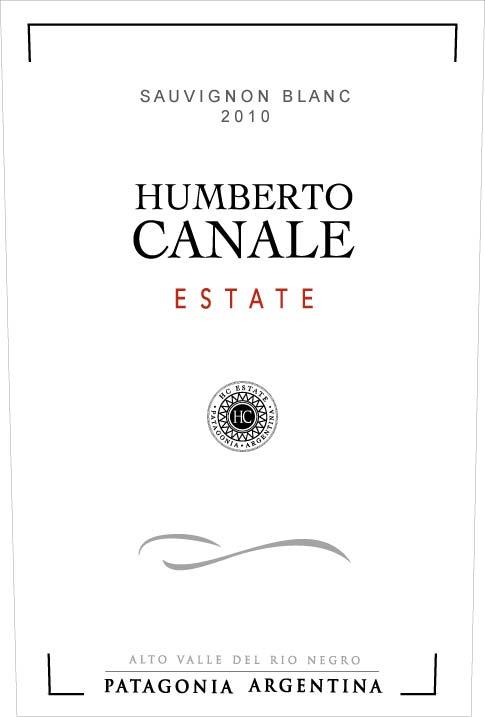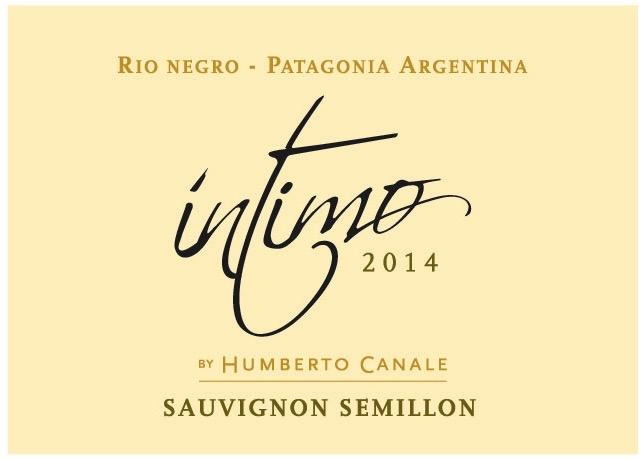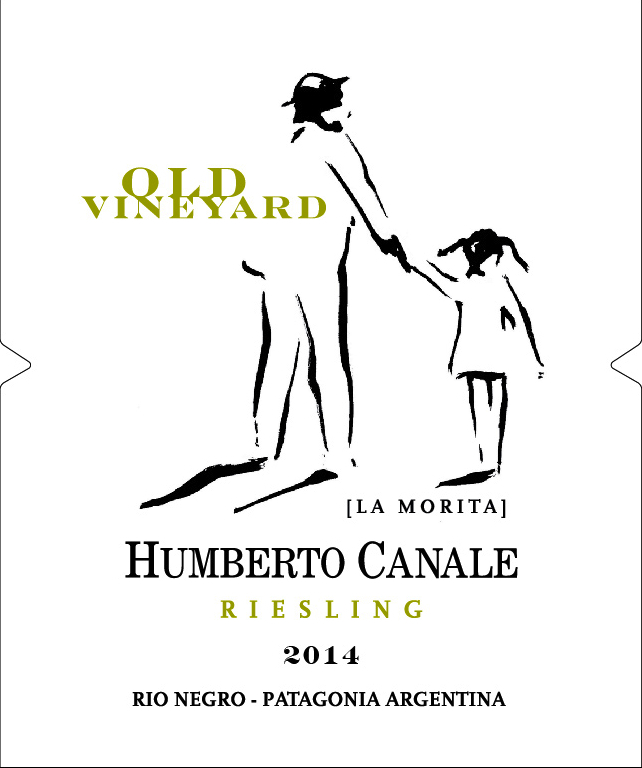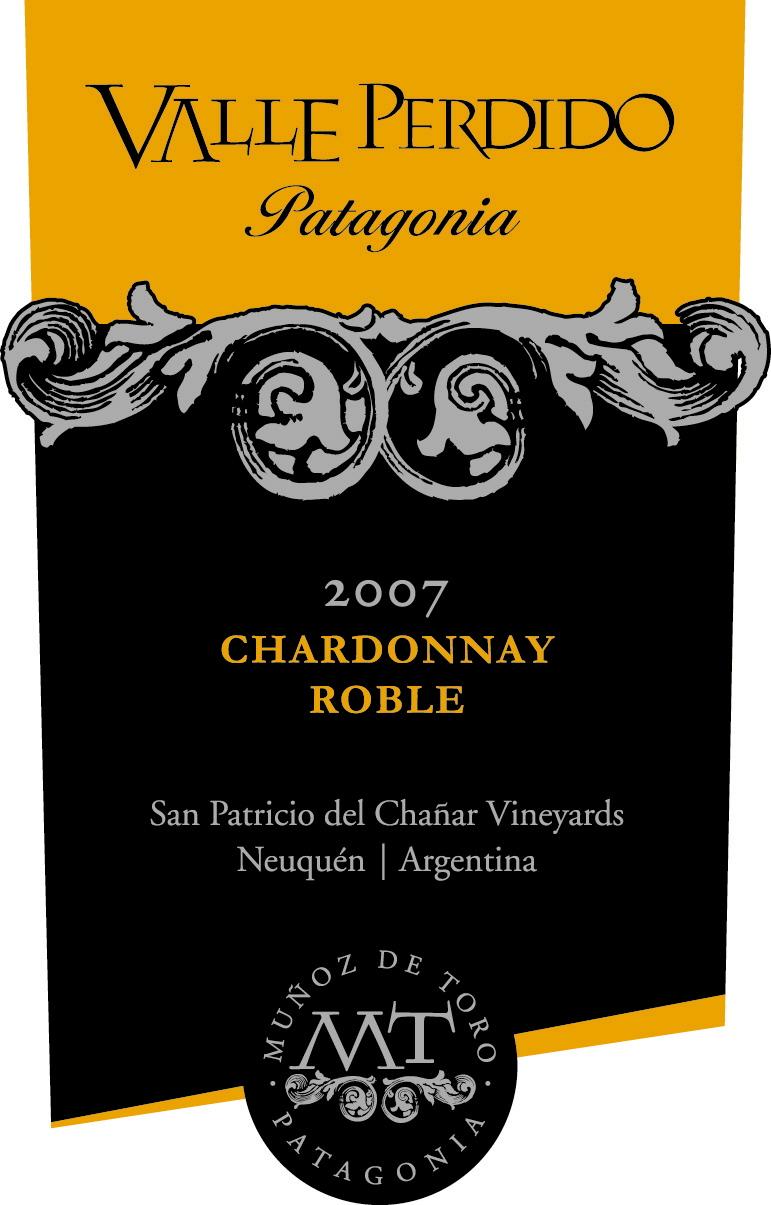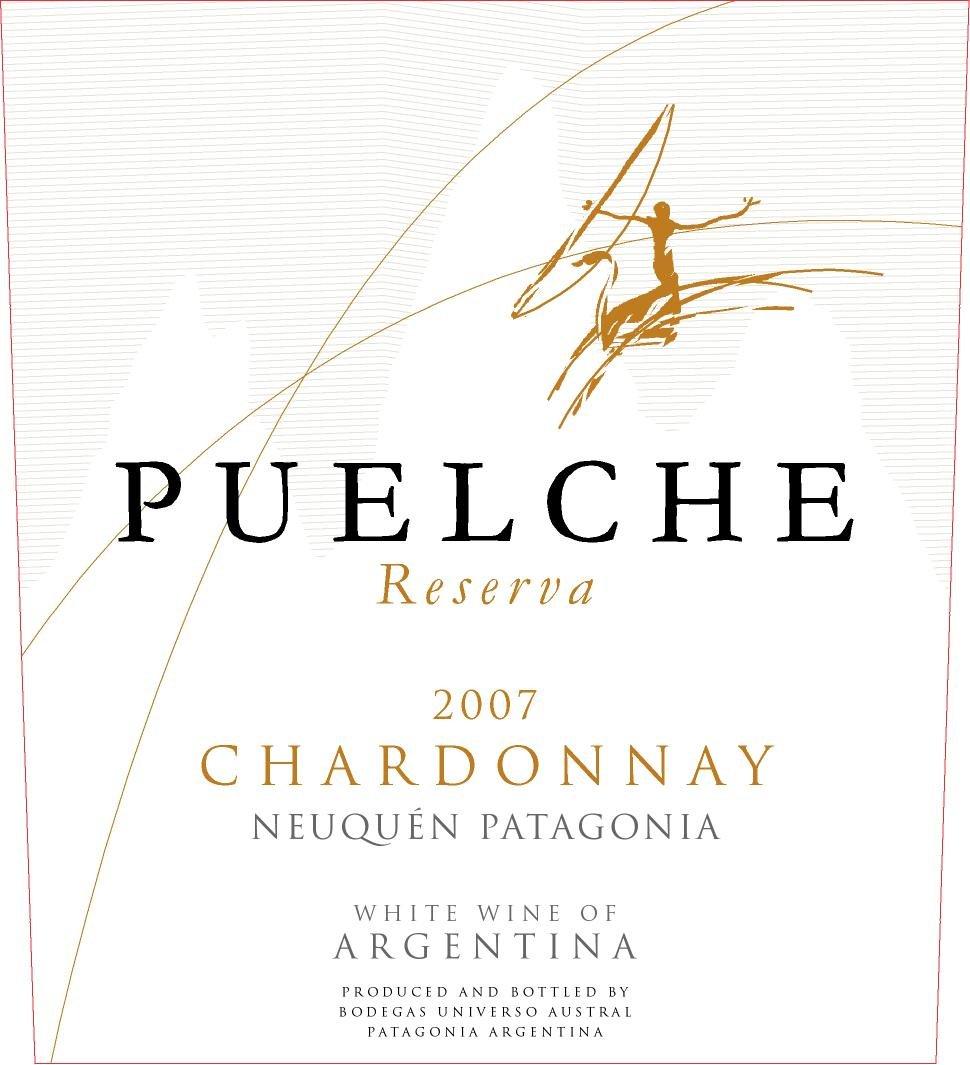Terroir of Patagonia
Patagonia's climate is defined by its cool desert conditions, with strong winds and sharp temperature changes. The wind, called "El Viento," helps reduce plant diseases, supporting organic farming and leading to thicker grape skins. This enhances the wine's color and tannins.
Located between latitudes 38°S and 45°S, Patagonia enjoys high sunlight and big temperature swings between day and night, which create complex aromas and refined wine structures. With only 198-221 mm of rain each year, vineyards need irrigation from pure Andean snowmelt, ensuring a steady water supply.
Subregions like Río Negro, Neuquén, and Chubut have different soils, from gravel and volcanic ash to clay. This variety allows for a range of wine styles, from elegant Pinot Noir to aromatic whites, showcasing Patagonia's ability to produce intense and balanced wines.
Notable Wineries in Patagonia
Patagonia's wine scene is a blend of tradition and innovation, spanning family-owned estates and modern marvels. Here are a few notable wineries that exemplify the region's diversity:
-
Bodega Humberto Canale: A historic winery in Río Negro, combining tradition and technology, with vineyards dating back to 1912.
-
Bodega Chacra: Known for biodynamic practices, this winery rejuvenates old Pinot Noir vineyards in partnership with Burgundian expert Jean-Marc Roulot.
-
Bodega del Fin del Mundo: A major player in Neuquén, offering a plethora of modern wines and tourist attractions.
-
Casa Yagüe: A trailblazer in Chubut, producing cool-climate wines from a terroir of volcanic soils and higher rainfall.
-
Bodega del Desierto: A standout in La Pampa, showcasing the region's potential with high-quality Malbec and Cabernet Franc.
Sustainable Winemaking in Patagonia
Patagonia's winemaking intertwines sustainability with its unique environment, characterized by its dry, windy climate that naturally limits pests and diseases. This makes organic farming a prevalent practice. The Bodegas de Argentina Sustainability Protocol guides the region, emphasizing environmental care, social equity, and economic stability, with many wineries achieving certification through rigorous audits.
Organic and biodynamic certifications from agencies like Letis and Demeter are common, highlighting a commitment to ecological health. Beyond the vineyard, Patagonia's producers adopt renewable energy, water conservation, and lightweight packaging, reflecting a holistic approach to sustainability. These practices not only preserve the pristine Patagonian landscape but also enhance the quality and integrity of its wines, reinforcing Patagonia's reputation as a leader in sustainable and premium winemaking.
Wine Tourism in Patagonia
Patagonia offers a unique wine tourism experience where the journey extends beyond the vineyards. Visitors can explore the main Neuquén-Río Negro Circuit, linking modern San Patricio del Chañar wineries with historic Alto Valle estates. For the adventurous, the 42° Parallel Oenotourism Corridor offers boutique wineries nestled in Chubut's Andean foothills.
Wine tasting is just the start. Guests can savor gourmet meals at winery restaurants, like Saurus at Familia Schroeder, or discover dinosaur fossils on-site. Annual festivals, like the Neuquén Harvest Festival, add cultural richness. The allure of Patagonia lies in blending wine exploration with natural wonders, from trekking in national parks to whale watching. This fusion attracts diverse visitors, not just wine lovers. For safety and convenience, guided tours with dedicated drivers are recommended, especially post-tasting. Proper planning ensures a seamless and enriching Patagonian adventure.





